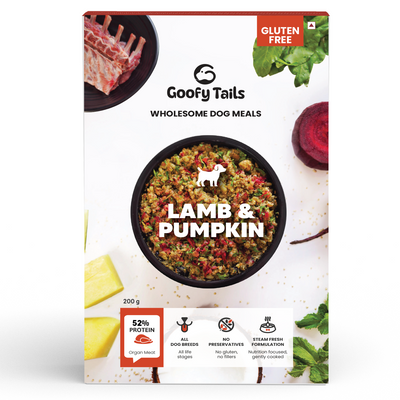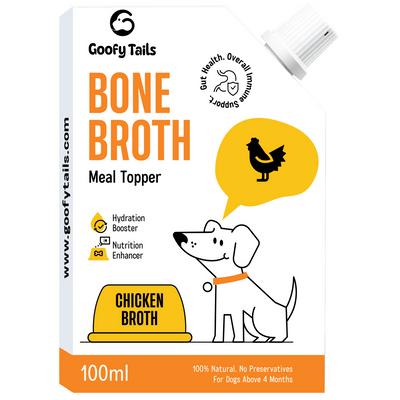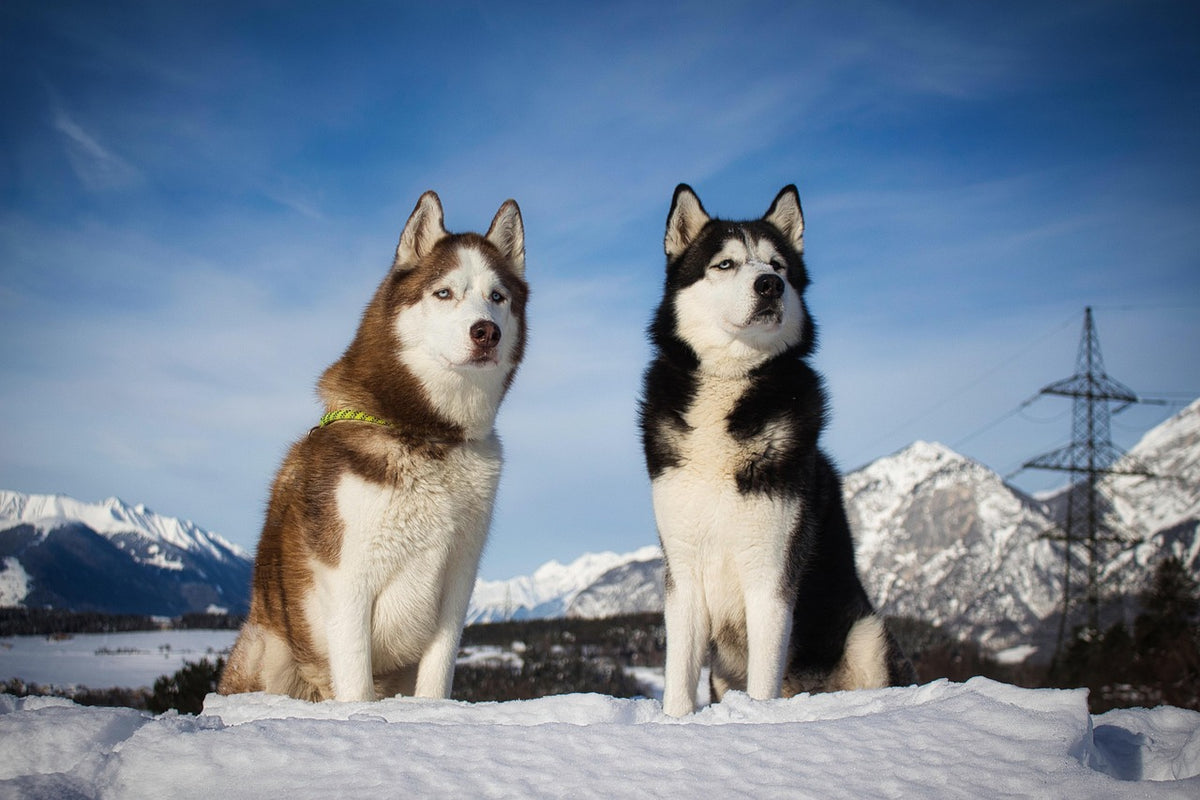
Breed History
In the early 1900s, the breed gained global attention after teams of Siberian Huskies won long-distance sledge races in Alaska. They rose to fame during the 1925 serum run to Nome, where Huskies helped deliver diphtheria antitoxin across treacherous terrain. Today, they are beloved as working sledge dogs and family companions around the world.
Food for your Siberian Husky
-
Siberian Huskies are medium-sized, high-energy working dogs originally bred for endurance in cold climates. Lean meats like chicken, lamb, or buff provide the essential protein they need to maintain muscle tone, stamina, and energy levels for their active lifestyle.
-
Although generally healthy, Huskies can be prone to hip dysplasia, digestive sensitivity, and skin issues. Including foods or supplements rich in glucosamine, omega-3s, and zinc supports joint strength, skin health, and coat quality throughout their life.
-
Adding lamb or chicken-based bone broth boosts hydration and flavor, while delivering collagen, amino acids, and minerals that aid in gut health, immunity, and joint lubrication, important for active or aging Huskies.
-
For treats, stick to natural, minimally processed options like freeze-dried liver, or grain-free snacks. These support training, energy balance, and a clean, allergen-safe diet suited to the Husky’s sensitive system.
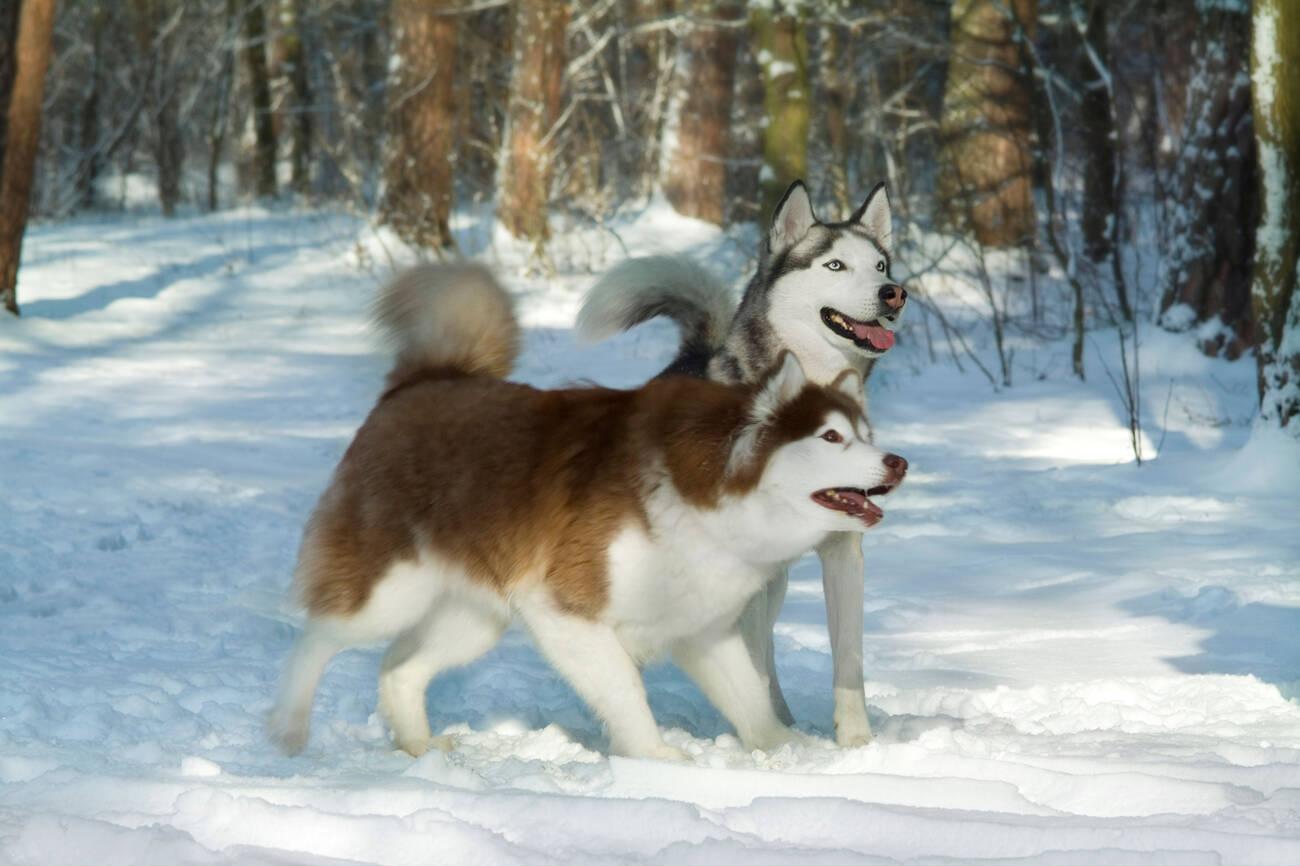
Training your Siberian Husky
-
The Siberian Husky is a highly energetic and intelligent working breed. While friendly and social, it is also naturally independent and stubborn, so consistent, firm, and patient training is essential to manage its free-spirited nature effectively.
-
Huskies respond best to clear structure and consistent routines. Using steady commands, a calm tone, and repetition helps them understand boundaries and expectations, preventing confusion or selective listening.
-
Positive reinforcement is key, as Huskies are sensitive and easily bored. Training should focus on trust, praise, and rewards rather than force.
-
Early socialization is crucial. Introducing a Husky to different people, animals, and environments in a controlled manner helps prevent overexcitement and escape-driven behavior.
-
To stay mentally engaged, Huskies benefit from purpose-driven activities like obedience drills, agility work, scent games, or pulling exercises that channel their working instincts into positive outlets.
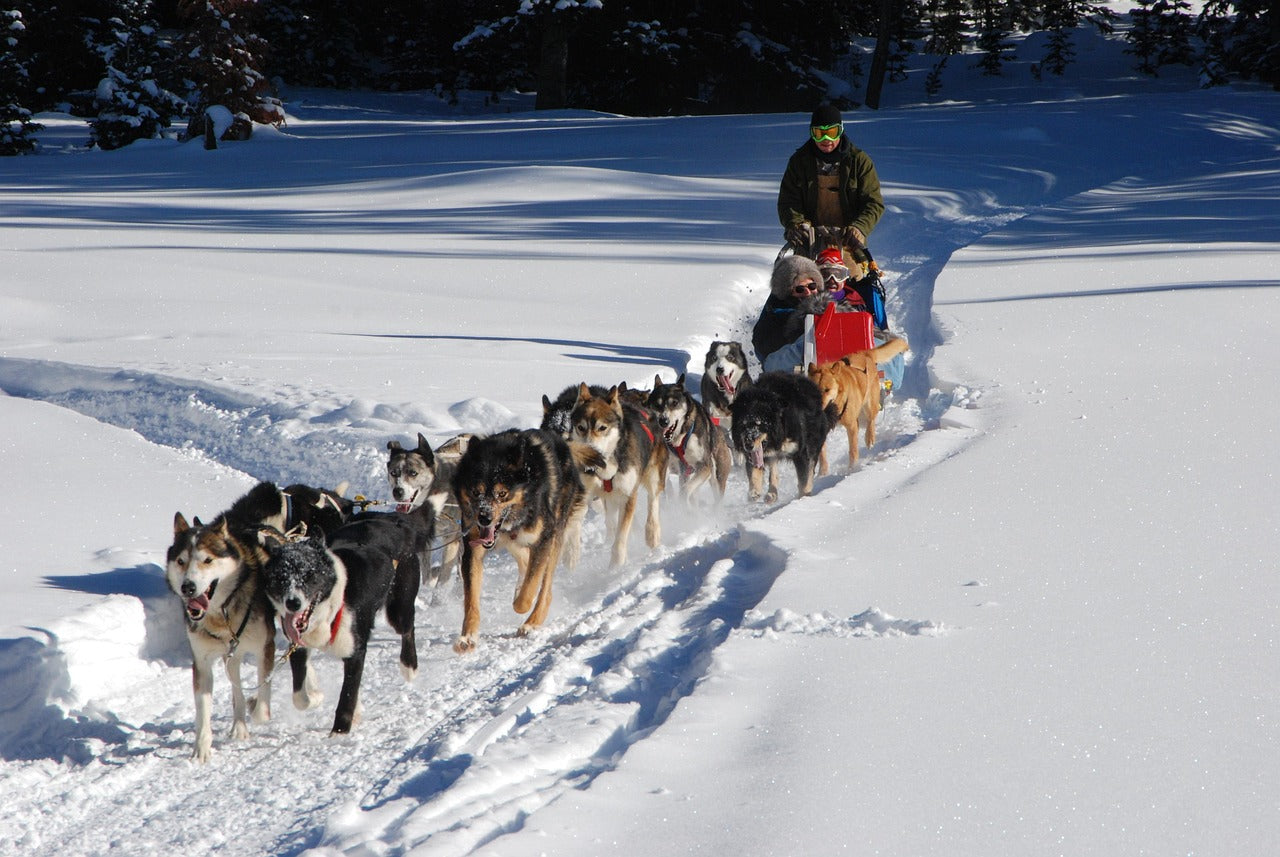
Recommended Treats
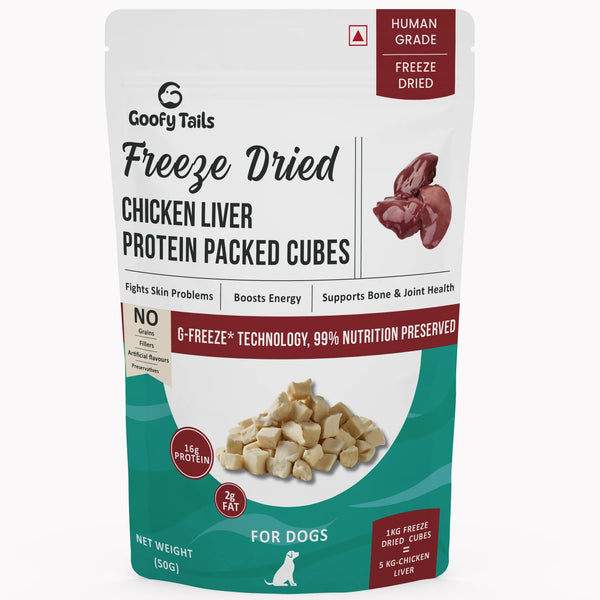
Freeze-Dried Chicken Liver
Packed with real, raw nutrition, these dog treats offer the convenience of freeze-dried goodness. These treats are gluten-free and grain-free, catering to dogs with dietary sensitivities or specific needs. Designed to promote digestion and overall well-being, they are perfect for dogs with sensitive stomachs.
Exercising your Siberian Husky
-
Siberian Huskies are high-energy working dogs with incredible endurance and require at least 1.5–2 hours of daily exercise. Regular physical activity keeps them fit, focused, and prevents restlessness or destructive behaviors.
-
They thrive on long walks, running, hiking, and pulling-based activities like canicross or cart-pulling. Varying their routine and environment keeps their sharp minds engaged and mimics their sled-pulling heritage.
-
Like all intelligent breeds, Huskies need mental stimulation alongside physical workouts. Activities like obedience training, agility drills, and scent games help redirect their energy into healthy, positive outlets.
-
Without consistent exercise and structure, Huskies can become bored, vocal, or escape-prone. A predictable routine helps manage their independence and reinforces desirable behavior.
-
Due to their light frame and agile build, low-impact options like swimming, structured leash walks, or soft-surface runs are ideal to maintain joint health while avoiding overstrain.
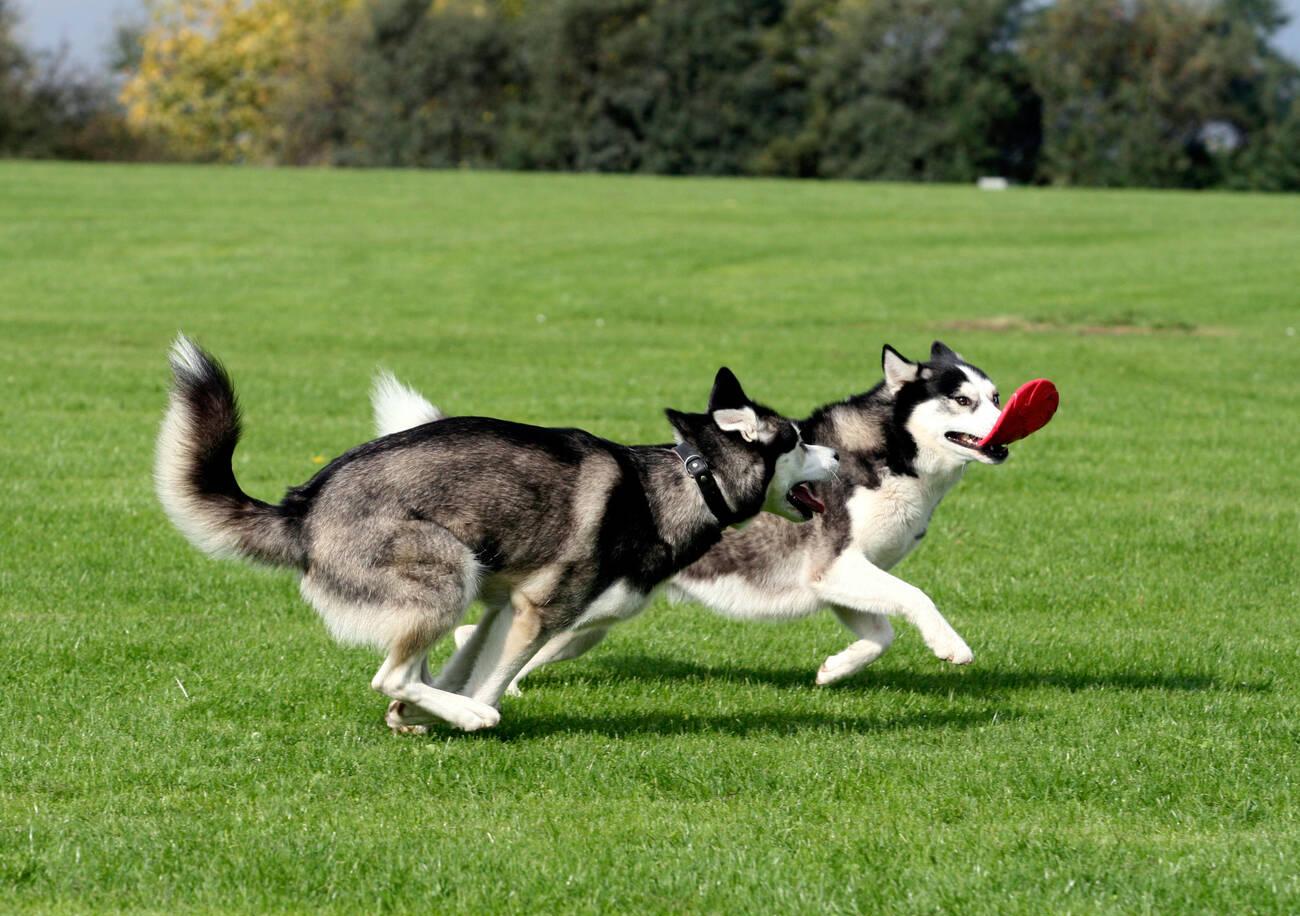
Recommended Supplement
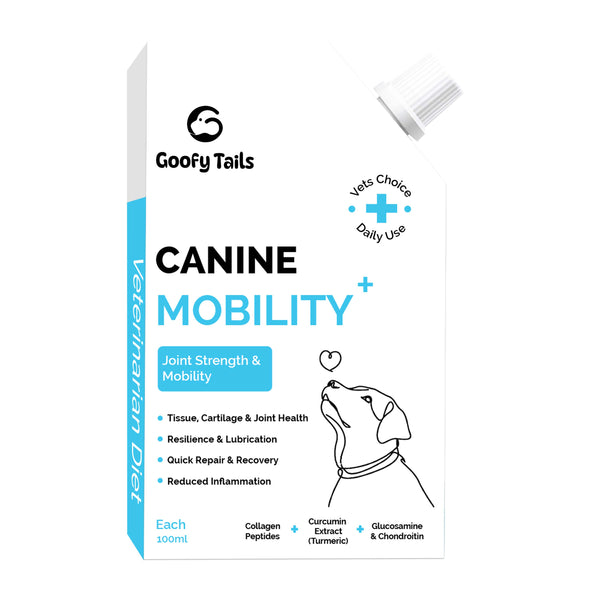
Canine Mobility+
A fortified broth specially formulated for dogs, enriched with collagen, glucosamine, curcuminoid, and chondroitin to enhance flexibility, ease stiffness, and promote long-term mobility. Highly palatable and ideal for senior dogs, breeds prone to joint issues, dogs recovering from fractures or injuries, and athletic dogs under joint stress.
Things to consider before getting a Siberian Husky
-
Siberian Huskies are energetic, independent working dogs that demand daily time and commitment. They need long walks and purposeful activities, making them best suited for active owners.
-
Huskies need space and regular outdoor access. While they can adapt to apartments, they thrive in homes with secure yards or access to open areas where they can run and explore.
-
Though intelligent and eager, Huskies are also stubborn and escape‑prone. Early socialization and patient, positive training are essential to build reliability and prevent destructive or runaway behavior.
-
Huskies are prone to hip dysplasia, digestive sensitivity, and skin issues. Owners should focus on high‑quality nutrition, joint support, and routine veterinary care to maintain long‑term health and performance.
-
Huskies have a thick double coat that sheds heavily twice a year. Regular brushing during shedding seasons helps manage loose hair, keeps their coat healthy, and supports their skin.
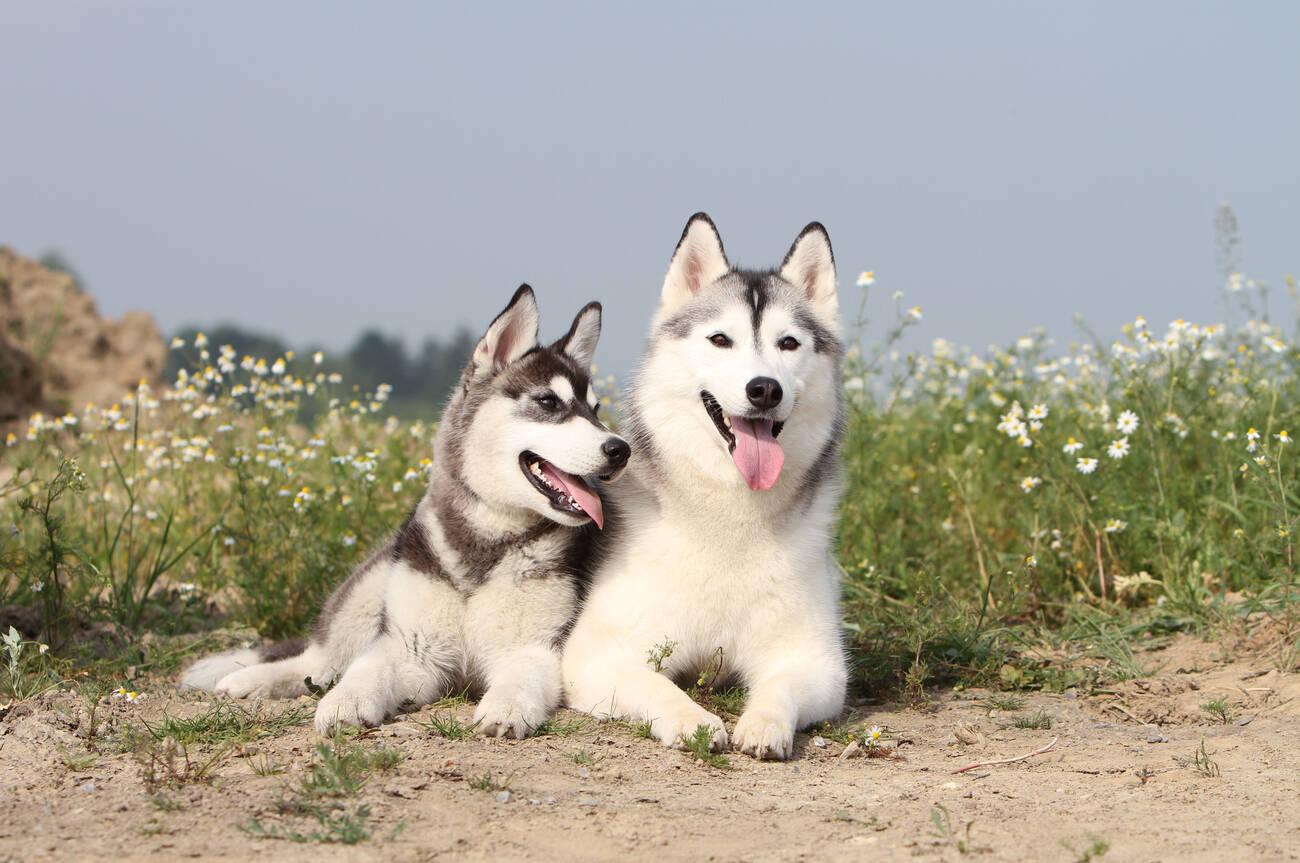
Frequently Asked Questions
Not always. Huskies are independent, energetic, and strong-willed, requiring consistent training and active lifestyles; best suited for committed, experienced owners.
Yes! Huskies need at least 1.5–2 hours of daily exercise to stay healthy and prevent boredom-related behaviors like digging or escaping.
Huskies are natural roamers with a strong prey drive. They’ll dig, jump, or chew their way out if bored, secure fencing and regular engagement are essential.
They can, especially if raised together, but due to their high prey drive, early socialization is important; caution is advised with cats and small animals.
Huskies are notoriously light eaters compared to other breeds. They tend to eat only what they need, especially in warm weather or low-activity periods.
Yes! Huskies have a thick double coat and “blow” it twice a year. Daily brushing during shedding season helps manage hair around your home.
They’re intelligent but independent. Positive reinforcement works best, but they require patience and creativity to stay focused and engaged.
Yes, with care. They can adapt to heat if provided with shade, water, cool resting areas, and exercise during cooler times of day.
Not really. They’re more likely to howl, sing, or “talk” than bark excessively. It’s part of their expressive and social personality.
Absolutely! Huskies were bred by the Chukchi people of Siberia to pull sleds over long distances in freezing temperatures, a heritage that still shapes their energy and endurance today. 🐾










